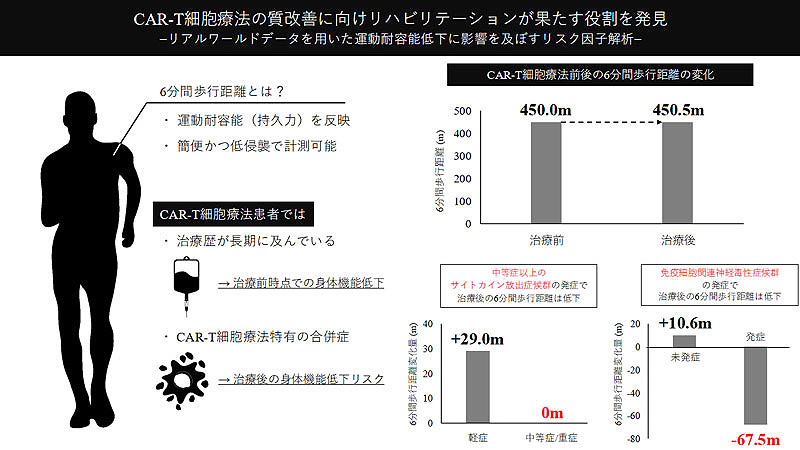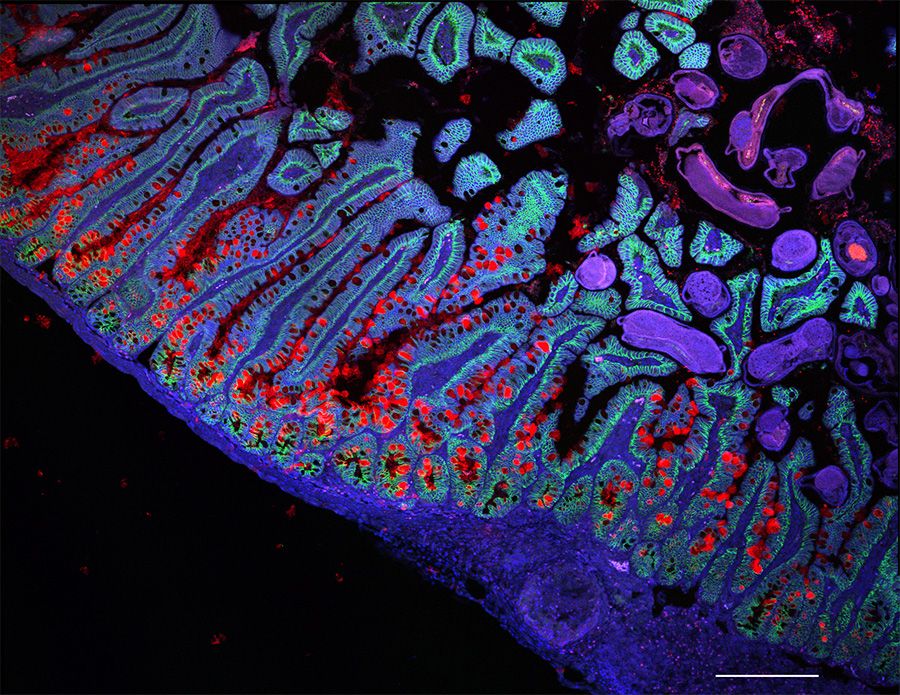2024-11-22 カロリンスカ研究所(KI)
<関連情報>
- https://news.ki.se/new-imaging-method-enables-detailed-rna-analysis-of-the-whole-brain
- https://www.science.org/doi/10.1126/science.adn9947
細胞分解能での全脳空間転写解析 Whole-brain spatial transcriptional analysis at cellular resolution
Shigeaki Kanatani, Judith C. Kreutzmann, Yue Li, Zoe West, […], and Per Uhlén
Science Published:21 Nov 2024
DOI:https://doi.org/10.1126/science.adn9947

Editor’s summary
Spatial transcriptomics is a powerful method that measures the localization of mRNA molecules. When applying this approach in tissues, analysis is typically limited to thin sections rather than full volumes. Kanatani et al. developed a brain tissue–clearing method called TRISCO that enables three-dimensional in situ hybridization on the whole brain, allowing the visualization of specific mRNAs in the complete brain at cellular resolution. Using TRISCO, the authors monitored the expression of immediate early genes after administration of the antiobesity drug semaglutide in mice, finding increased expression in brain regions associated with obesity. TRISCO thus enables the study of intricate gene expression patterns spanning the whole brain at single-cell resolution. —Mattia Maroso
Abstract
Recent advances in RNA analysis have deepened our understanding of cellular states in biological tissues. However, a substantial gap remains in integrating RNA expression data with spatial context across organs, primarily owing to the challenges associated with RNA detection within intact tissue volumes. Here, we developed Tris buffer–mediated retention of in situ hybridization chain reaction signal in cleared organs (TRISCO), an effective tissue-clearing method designed for whole-brain spatial three-dimensional (3D) RNA imaging. TRISCO resolved several crucial issues, including the preservation of RNA integrity, achieving uniform RNA labeling, and enhancing tissue transparency. We tested TRISCO using a broad range of cell-identity markers, noncoding and activity-dependent RNAs, within diverse organs of varying sizes and species. TRISCO thus emerges as a powerful tool for single-cell, whole-brain, 3D imaging that enables comprehensive transcriptional spatial analysis across the entire brain.


